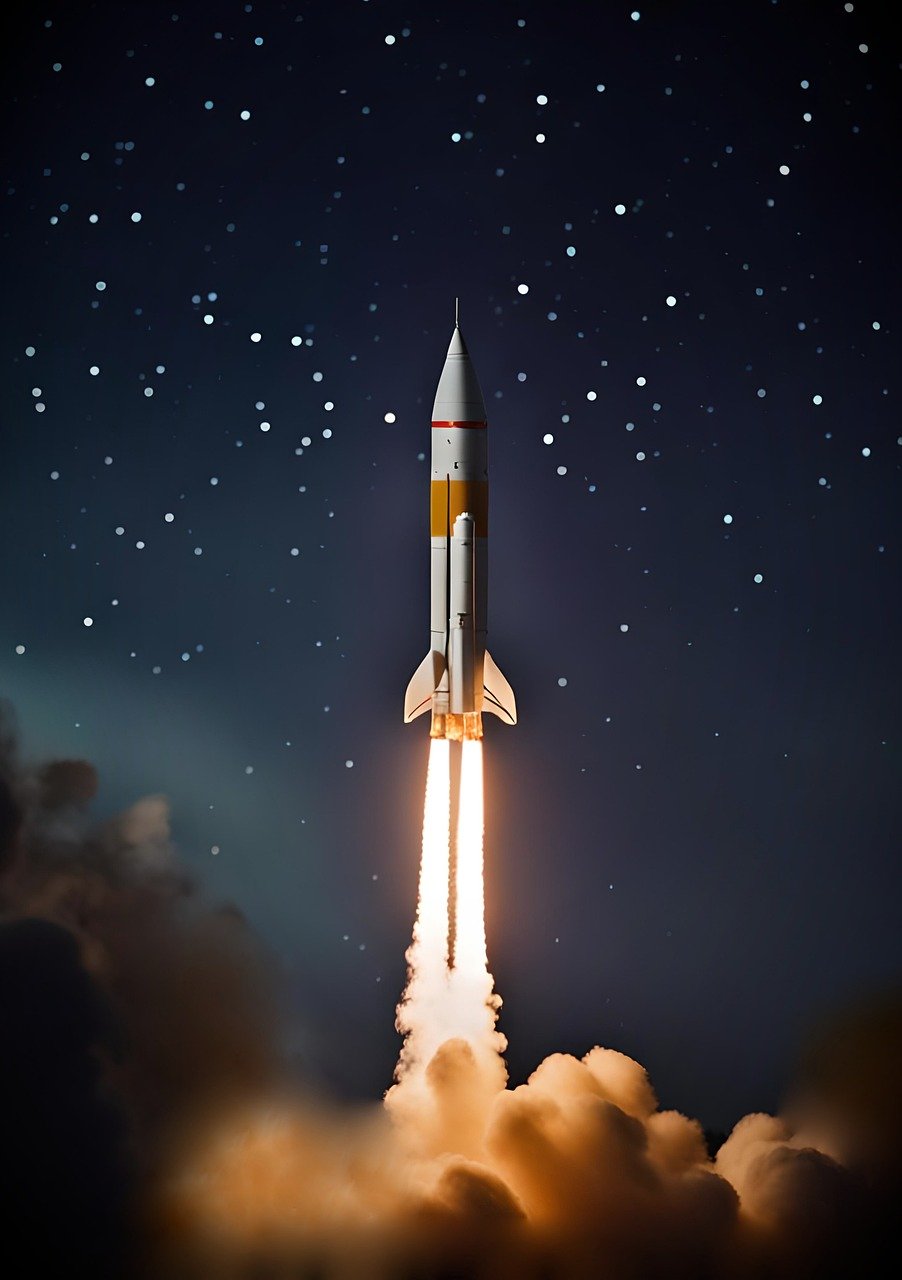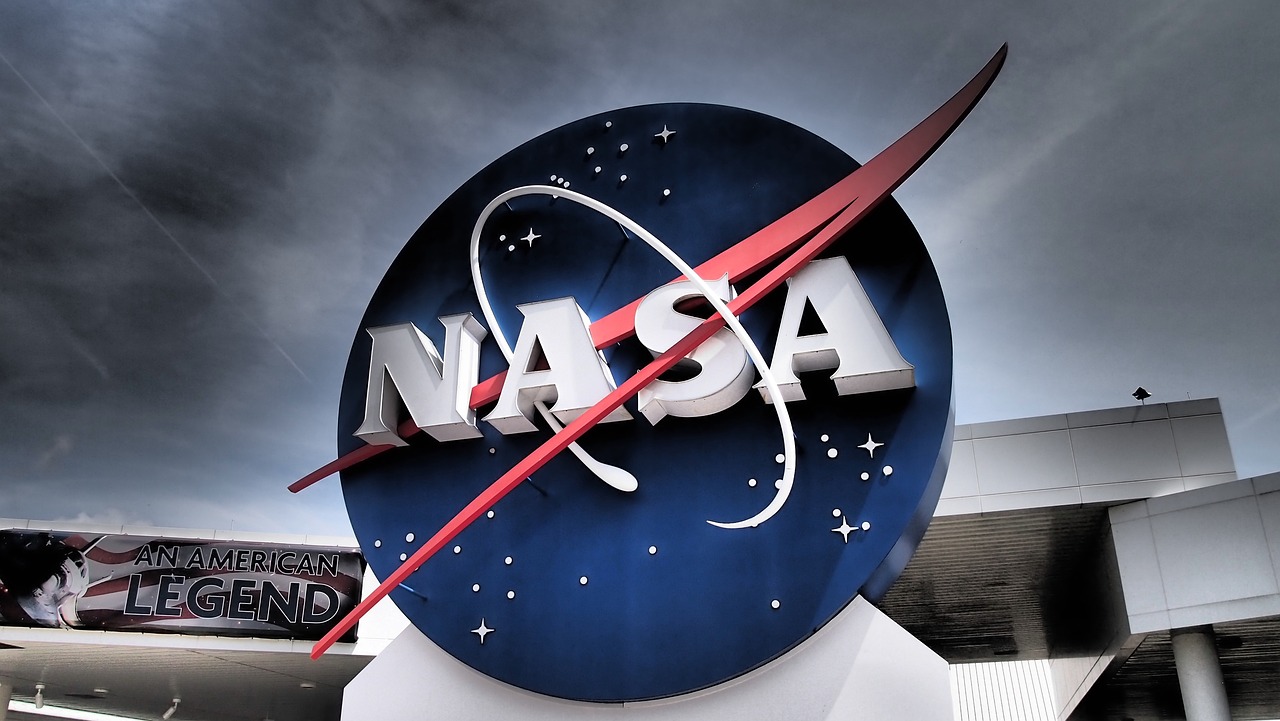A team of international researchers embarked on a comprehensive exploration into the growth dynamics of mouse and frog embryos, alongside human embryoids—cultivated clusters of embryonic cells—in a quest to unravel the intricate mechanisms governing cell growth and differentiation. Their investigation unveiled a significant revelation: when subjected to heightened hydrostatic pressure, embryonic stem cells pivotal in shaping our facial features encounter growth impediments.
This revelation emerged from the observation that external application of increased hydrostatic pressure on embryos or embryoids disrupts vital cell signaling pathways within neural crest cells. The repercussions are profound, suggesting potential implications for tissue development during crucial developmental phases, predisposing organisms to craniofacial abnormalities—a confluence of genetic predisposition and environmental influences, including nutrient availability.
Neurobiologist Roberto Mayor from University College London (UCL) underscores the findings' significance, noting, "Our findings suggest that facial malformations could be influenced not only by genetics but by physical cues in the womb such as pressure."
At the heart of embryonic induction lies the orchestration of cells onto distinct biological trajectories through chemical cues from neighboring tissues. While some triggers governing stem cell interpretation of these cues are known, many remain elusive.
Of particular interest was the scrutiny of the blastocoel—a fluid-filled cavity proximal to neural crest development. The study unveiled that pressure exerted on the blastocoel diminishes the activity of Yap protein, consequently impairing the Wnt signaling molecules responsible for guiding neural crest development. Though the study refrained from delving into the origins of increased uterine pressures in humans, it sheds light on mechanical influences on embryonic development, complementing predominant biochemical-focused research.
Mayor underscores the universal cellular sensitivity to pressure changes, elucidating, "When an organism is experiencing a change in pressure, all the cells – including the embryo inside the mother – are able to sense it."
The research marks a pivotal stride in deciphering the intricate dance of human (and vertebrate) embryogenesis, elucidating the molecular intricacies orchestrating the earliest developmental stages. While it elucidates the inefficiencies induced in neural crest signaling by pressure, the precise ramifications of uterine environment alterations on human embryonic development remain an open question.
Mayor emphasizes the necessity for further inquiry into the extent of embryonic sensitivity to pressure variations, pondering, "Will a change in the pressure inside the uterus be able to affect the embryo?"
Conclusively, the study underscores the imperative of probing how internal physiological shifts alongside environmental pressures might intricately mold human embryo development—a quest that demands continued scientific exploration.










